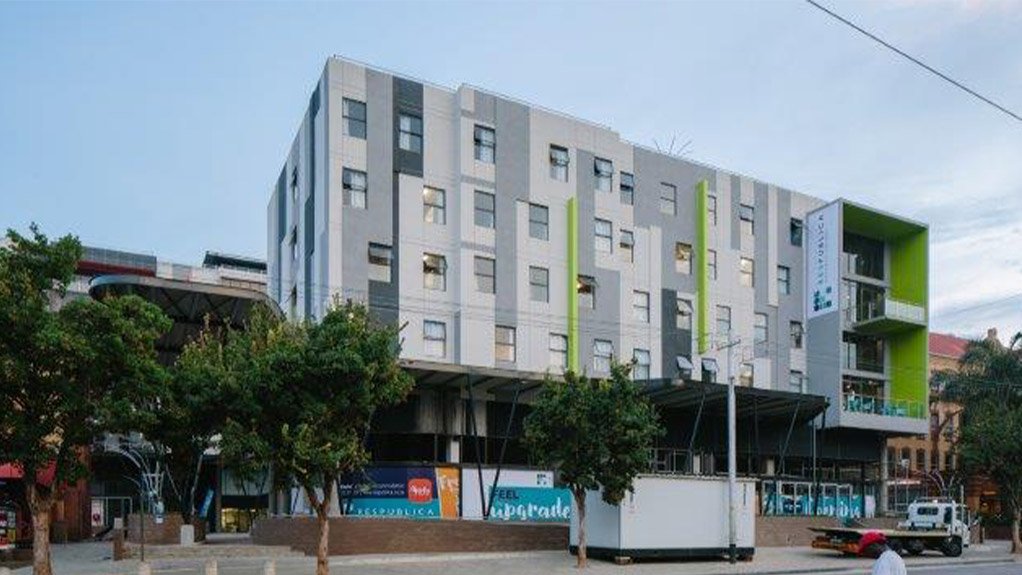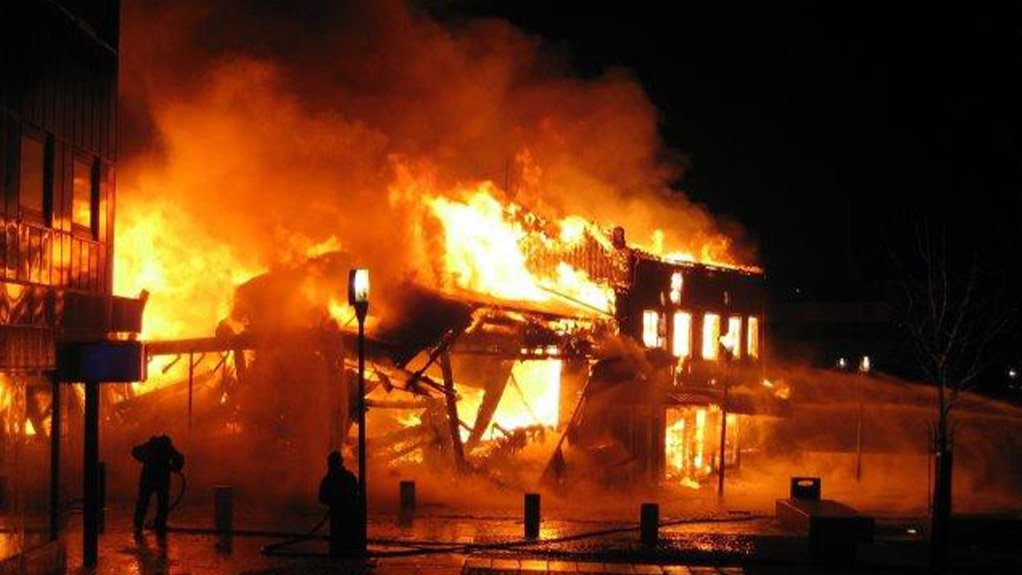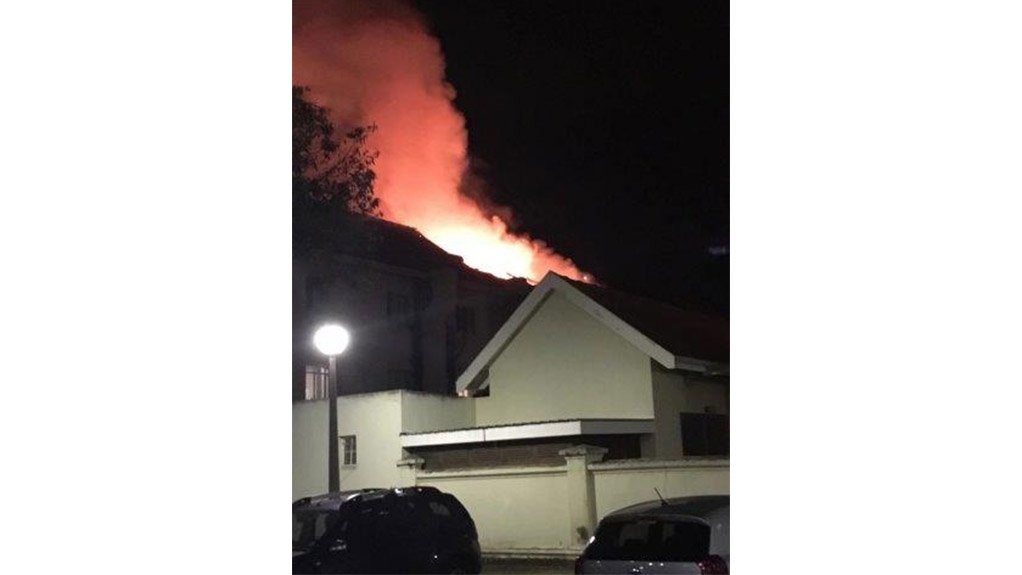Fire-safety requirements for student accommodation are by nature more onerous than other building types. This warning from ASP Fire CEO Michael van Niekerk comes in the wake of the fire that gutted the iconic Huis ten Bosch student residence at Stellenbosch University on the evening of 12 August. Although 160 students had to be evacuated and two were injured, fortunately there were no fatalities.
Fire-safety requirements for any building in which rooms are rented out as accommodation are deemed to be more stringent, as this is on par with a hotel, for example. As it is a densely-populated residential environment, the building has to be adequately equipped in order to comply with all of the necessary regulations and standards.
In terms of fire safety, fires can be dealt with through three main actions: The first is controlling the growth of a fire to prevent it from spreading, followed by suppression to cool a fire rapidly. Finally, extinguishing a fire means that there is no heated substance remaining.
Evacuation should also be safe and easy, while allowing unrestricted access for emergency services. The installed fire-detection system must be able to detect the fire as soon as possible, warn occupants, and allow them to escape in time.
“Buildings that accommodate large numbers of people are often not designed with specific occupant characteristics in mind,” van Niekerk stresses. The fire-engineering specialist has experienced a high demand for assistance in developing designs for new buildings, as well as bringing existing non-compliant buildings, especially older buildings, up to standard.
Moreover, historic buildings that accommodate residents, or that are converted to accommodate residents, pose a particular challenge in this regard. However, fire-safety awareness has improved significantly from 100 years ago, when historic buildings often lacked modern fire-safety elements vital for the safe evacuation of residents, or to prevent fire or smoke from spreading rapidly through the building.
“I see the industry growing, both in terms of size and depth of knowledge, as more engineers specialise in fire engineering,” van Niekerk comments. Looking at the latest trends in the property-development market, he points to the current largescale repurposing of commercial and even industrial buildings into long-term residential units.
The second trend is an increased demand for affordable student accommodation, such as the refurbishment of the Hatfield Square mixed-use student accommodation in Pretoria, designed by the Paragon Group for owners and developers Respublica and Redefine.
ASP Fire has also been tasked by the City of Johannesburg to conduct a survey of dilapidated building stock in areas such as Brixton and Newtown. Johannesburg Mayor Herman Mashaba has earmarked 500 ‘problem’ buildings in Johannesburg that can potentially be repurposed by developers and investors to alleviate the housing and student accommodation shortage in the city.
“The owners of many of these buildings face similar challenges as office buildings, in that they do not necessarily contain adequate fire-safety features necessary in terms of the relevant regulations when people reside and sleep in them,” van Niekerk concludes.










